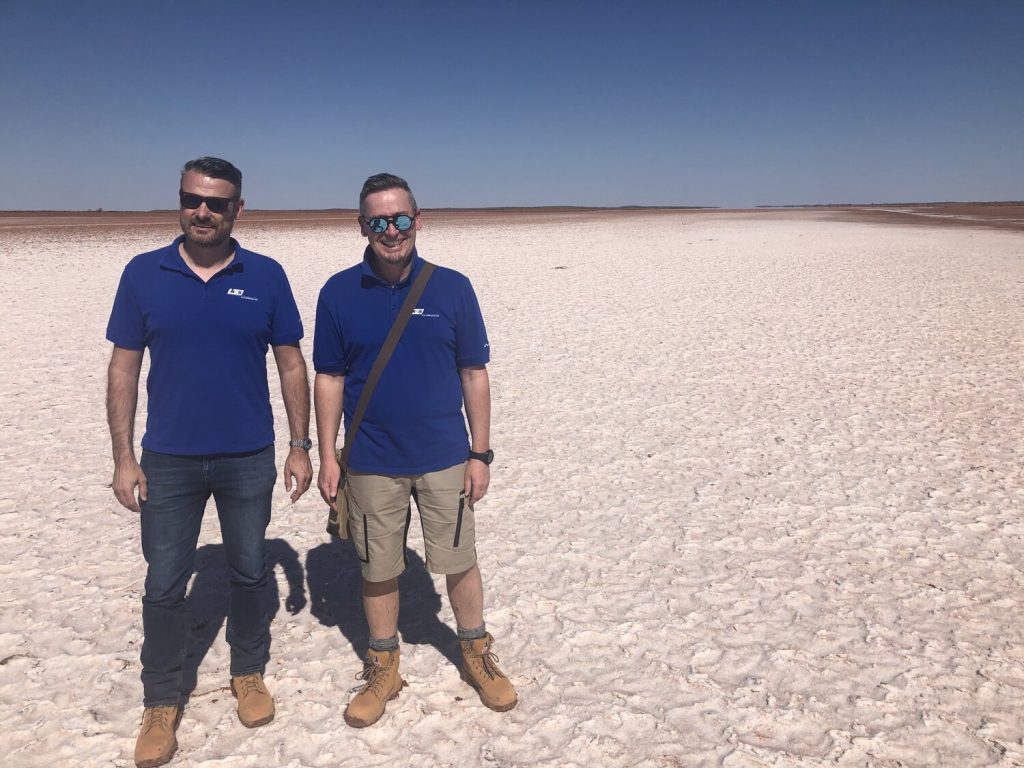What may come as a surprise is that man-made solar salt evaporation ponds, including those that already exist near Onslow, Port Hedland and Dampier also provide an important habitat for many migratory bird species.
The findings, published in The National Directory of Important Shorebird Habitat are consistent with what K+S Salt Australia Managing Director, Gerrit Gödecke, has observed across the world.
“Salt ponds provide a stable, safe environment for birds with a healthy supply of nutrient-rich marine life for food.” Mr Gödecke said.
“The same factors that are critical factors to salt production - maintenance of water levels and stable pond biology - are also important for shorebirds.”
“In fact the presence of shorebirds is an indicator of the environmental health of the ponds.”
Mr Gödecke added that K+S Salt had also been monitoring migratory shorebirds in the vicinity of the proposed Ashburton Salt site, near Onslow, for a number of years.
“We have conducted several visits at different times of the year, over several years, to develop an accurate understanding of the different species and numbers which visit the local environment, as well as identify the key habitats which are important to protect.” Mr Gödecke said.
“We have worked hard to ensure the proposed project is located away from existing shorebird habitats, such as the coastal and intertidal mudflats.
“Instead, the project has been located on the bare hypersaline salt flats inland of the important mudflat habitats.
“As well as protecting existing habitats for migratory birds, it is our goal to play a role in developing a new one within our salt evaporation ponds.”
The north west coast of Australia is an important “rest stop” for millions of birds which travel across the globe to escape cold temperatures and to reach new feeding grounds.
These cyclical intercontinental trips are instinctive and the knowledge of the different geographic paths, known as flyways, is passed from one bird generation to another.
Flyways consist of chains of important wetlands, usually coastal mudflats. These mudflats provide abundant food which the shorebirds must rapidly consume to gain strength for the next leg of their journey. The ability to find food quickly is vital to these bird’s survival.
There are nine major flyways and the East-Asian-Australasian Flyway is one of the largest. It links three continents, two oceans, thousands of islands and 22 countries in the southern and northern hemispheres.




